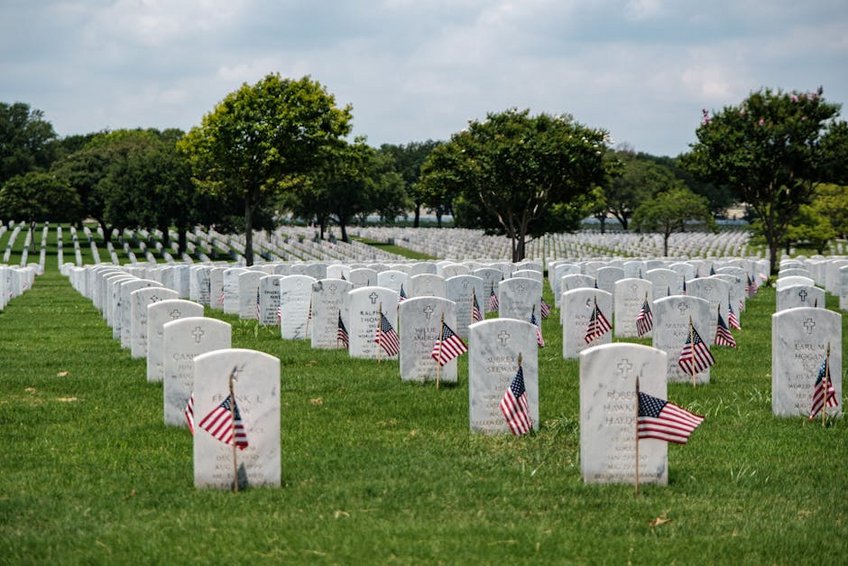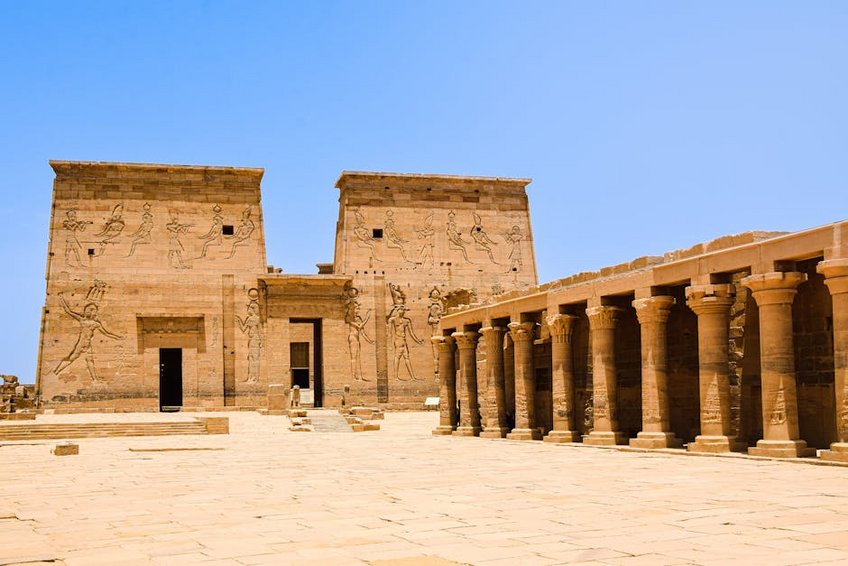Saudi Arabia AlUla Hegra Tombs: Ancient Desert Wonders Unveiled
Exploring the Saudi Arabia AlUla Hegra Tombs immerses you in a UNESCO World Heritage site showcasing Nabatean rock-cut architecture from the 1st century BCE. This archaeological marvel features over 100 monumental tombs carved into sandstone cliffs, surrounded by desert landscapes and ancient inscriptions. Your visit reveals Saudi Arabia’s rich pre-Islamic history through guided tours, seasonal events, and preservation efforts spanning 52 square kilometers.
Essential Historical and Cultural Context
AlUla’s Hegra served as the southern capital of the Nabatean kingdom, rivaling Petra in Jordan with its sophisticated water management and trade routes. The site remained largely unknown to Western travelers until recent decades due to Saudi Arabia’s gradual tourism development. Today, it represents one of the Middle East’s most significant archaeological discoveries.
What You Need to Know Before Visiting
Understanding these key aspects enhances your Hegra experience significantly.
- Hegra requires pre-booked guided tours through the Royal Commission for AlUla, with tickets costing $25-45 per person depending on tour length and inclusions.
- The archaeological site spans approximately 52 square kilometers with limited shaded areas, requiring sun protection and hydration supplies for desert conditions.
- Photography permits are included with entry, though drone usage requires separate authorization from Saudi authorities due to security regulations.
- Budget travelers spend $70-120 daily using shared tours, local guesthouses, and self-catering, with Hegra entry at $25 and transportation via shuttle buses.
- Mid-range visitors allocate $150-300 daily for private guides, hotel accommodations with breakfast, and restaurant meals, including premium Hegra tours at $45.
- Luxury experiences cost $400-800+ daily featuring resort stays, private drivers, exclusive archaeological access, and fine dining through curated packages.
- Royal Commission for AlUla Official Heritage Guide
- Lonely Planet AlUla Travel Information
Historical Significance and Timeline
Nabatean civilization flourished here between the 1st century BCE and 1st century CE, creating elaborate tomb facades reflecting Hellenistic and Ancient Egyptian influences. The site contains approximately 111 documented tombs, with Qasr al-Farid standing as the most iconic uncompleted monolithic structure. Hegra’s inscriptions in Aramaic and early Arabic provide crucial linguistic evidence of regional trade networks.
Later periods saw Lihyanite and Roman occupations before gradual abandonment, with the site preserving evidence of ancient agricultural practices through remaining water channels. Modern conservation efforts began in the 1970s, culminating in UNESCO designation in 2008 and ongoing archaeological excavations revealing new findings annually.
Geographical Setting and Climate
AlUla Valley sits in northwestern Saudi Arabia’s Medina Province, characterized by sandstone mountains, oasis vegetation, and dramatic desert scenery. Summer temperatures frequently reach 104°F (40°C) from June to August, while winter months offer pleasant 68-77°F (20-25°C) conditions ideal for exploration. The region receives minimal rainfall, averaging less than 50mm annually, creating the preserved desert environment.

Alt: “alula-hegra-tombs-nabatean-architecture-desert-background”
Saudi Arabia AlUla Hegra Tombs – Planning Your Trip
Organizing your Saudi Arabia AlUla Hegra Tombs visit requires attention to seasonal timing, advance reservations, and cultural considerations unique to Saudi tourism. The Royal Commission for AlUla manages all site access through authorized tour operators, with bookings recommended 2-3 months ahead for peak season visits. Your itinerary should balance tomb exploration with other AlUla attractions like Dadan, Jabal Ikmah, and Old Town.
International visitors need valid passports and Saudi tourist visas obtainable through the eVisa platform for eligible countries, including US and EU passport holders. Travel insurance covering desert activities and archaeological site visits provides essential protection against extreme heat or unexpected closures. Comfortable walking shoes, lightweight clothing covering shoulders and knees, and hydration packs ensure comfortable exploration.
Best Time to Visit AlUla and Hegra
November through March offers ideal conditions with daytime temperatures between 64-79°F (18-26°C) and minimal rainfall disrupting outdoor activities. December and January represent peak season with increased visitor numbers, requiring earlier bookings for accommodations and tours. Shoulder months of October and April provide slightly warmer 75-88°F (24-31°C) conditions with fewer crowds and potentially lower prices.
Summer months from May to September bring extreme heat exceeding 104°F (40°C), though early morning and evening tours remain available with precautions. The Winter at Tantora festival from December to March features cultural events and extended site hours, while spring brings occasional desert flower blooms enhancing landscape photography opportunities.
Budget Planning and Costs
Consider these tiered options for different travel styles.
Essential Preparation Checklist
Pack lightweight, loose-fitting clothing covering arms and legs, high-SPF sunscreen, wide-brimmed hats, and sturdy walking shoes for uneven terrain. Bring reusable water bottles available for refilling at designated stations, portable phone chargers, and camera equipment with extra memory cards. Essential documents include printed visa copies, travel insurance details, and tour confirmation emails with QR codes.
Download the AlUla Moments app for digital maps and audio guides, arrange international data roaming or local SIM cards upon arrival, and familiarize yourself with basic Arabic greetings. Notify your bank of international travel, carry some Saudi riyals for small purchases, and research prayer times affecting site operating hours during religious periods.
Top Archaeological Attractions and Activities
Hegra’s monumental tombs showcase exquisite craftsmanship through detailed facades, burial chambers, and ancient inscriptions documenting Nabatean society. The site’s organized layout allows visitors to explore key clusters like the Qasr al-Bint group, Jabal al-Athrid area, and individual masterpieces scattered throughout the desert landscape. Guided tours provide historical context while independent exploration with audio guides offers flexibility.
Beyond the tombs, AlUla offers complementary experiences including Dadan archaeological site with its Lion Tombs, Jabal Ikmah’s open-air library of inscriptions, and Old Town’s preserved mud-brick architecture. Evening sound and light shows at Hegra create dramatic atmospheres, while sunrise photography tours capture optimal lighting conditions on the sandstone facades.
Must-See Tomb Highlights
Qasr al-Farid (The Lonely Castle) stands isolated with its unfinished four-story facade demonstrating Nabatean carving techniques. This iconic tomb features traditional crowstep motifs and a solitary setting perfect for photography during golden hour. Access requires a short walk from the main path, with interpretation panels explaining its unique architectural features.
Qasr al-Bint (The Daughter’s Palace) comprises a tomb group with well-preserved interior chambers and exterior decorations. The surrounding area contains additional burial sites and ancient water channels illustrating Nabatean engineering. Visit during morning hours for cooler temperatures and better lighting on the intricate facade details.
Jabal al-Athrid tombs feature multiple burial chambers across different levels, accessible via carved staircases and pathways. This cluster showcases varying architectural styles from different periods, with some tombs containing original inscriptions. Guided tours provide the most comprehensive understanding of these structures’ historical significance.
Hidden Gems and Local Favorites
Jabal Ikmah, located approximately 15 kilometers from Hegra, contains hundreds of early Arabic inscriptions in a natural amphitheater setting. This “open-air library” features texts from multiple civilizations including Dadanite, Lihyanite, and Nabatean periods. The site receives fewer visitors than Hegra, offering quieter contemplation of ancient writings.
AlUla Old Town’s abandoned mud-brick buildings provide insight into more recent history from the 12th century onward. Restoration projects have created walking paths through the historic quarter, with some structures converted into artisan workshops and cultural spaces. Local guides share stories about the town’s former residents and trading history.
Archaeological Photography Tips
Early morning and late afternoon light creates dramatic shadows highlighting tomb facades’ intricate details. Use polarizing filters to reduce sandstone glare and capture deeper sky colors against the desert landscape. Composition techniques should emphasize scale by including human figures or known objects near massive structures.
Respect preservation guidelines by avoiding flash photography inside tombs and never touching ancient surfaces. Wide-angle lenses capture entire facades while telephoto options isolate specific architectural elements. Visit during different times for varying lighting conditions, with overcast days sometimes providing ideal soft light for detail shots.
Practical Travel Information and Logistics
AlUla International Airport (ULH) receives direct flights from major Middle Eastern hubs and seasonal European connections, with ground transportation available via taxis, rental cars, or hotel shuttles. The developing tourism infrastructure includes new hotels, restaurants, and visitor centers designed to accommodate international standards while preserving cultural authenticity. Navigation requires some advance planning as services continue expanding.
Accommodation ranges from luxury desert resorts to mid-range hotels and budget-friendly options, with prices varying significantly by season and booking timing. Most visitors base themselves in AlUla town for convenient access to multiple archaeological sites, though some premium experiences offer overnight desert camping near Hegra.
| Category | Options/Features | Price Range (USD) |
|---|---|---|
| Accommodation | Luxury resorts with pool, mid-range hotels, desert camps | $120-600 nightly |
| Transportation | Rental cars, taxis, shuttle buses, private drivers | $25-150 daily |
| Guided Tours | Group archaeology tours, private guides, specialty photography | $25-200 per person |
| Dining | Hotel restaurants, local eateries, fine dining experiences | $15-100 daily |


